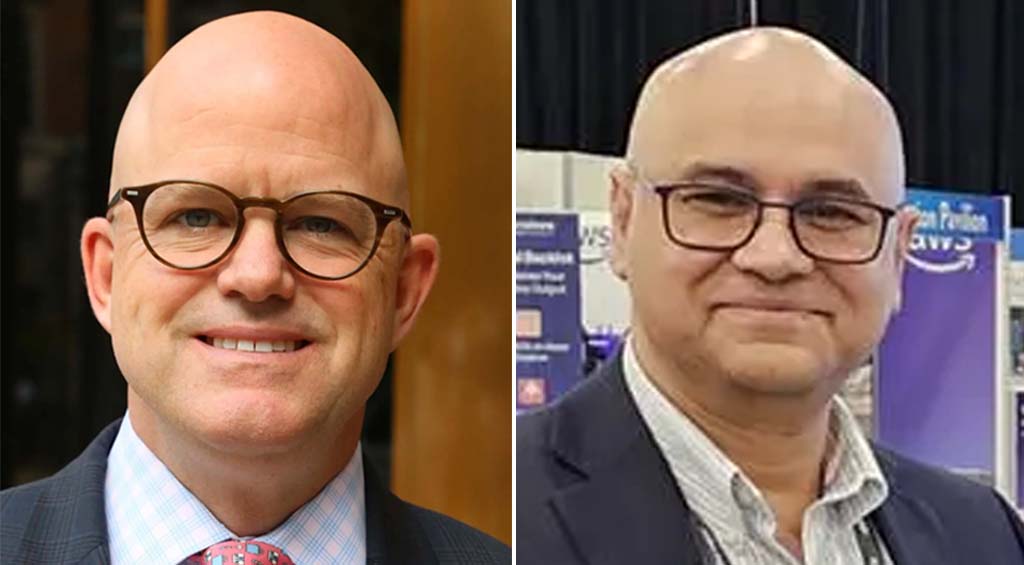Zoran VSB Receiver Meets or Exceeds A/74 Requirements
If Zoran’s Cascade2 VSB receiver delivers the performance it describes on its Web site, it could lead to wider availability of high performance VSB receivers and also allow significant upgrades to ATSC test equipment based on the now outdated third-generation chipsets with limited equalizer range.
The Cascade2 offers an equalizer range of -34 to +78 microseconds. Zoran says enhanced equalization and synchronization algorithms based on training signal and data-aided equalization enable reception under the “Brazil” and other 0 dB ghost conditions. Adaptive control loops adjust to different channel conditions and allow fast channel acquisition and optimal tracking, along with excellent Doppler ghost rejection, according to the specifications. This is important for indoor and portable antennas.
Zoran quotes the Communications Research Centre Canada “Executive Summary of the Laboratory Evaluation of a VSB Television Receiver for Terrestrial Broadcasting” published on May 14, 2007, by stating, “The overall receiver performance is above average of the other ATSC receivers tested in the last years at CRC. It is the first receiver to achieve or exceed all the A/74 requirements.”
At the 2006 CES show, when low cost ATSC tuners were just starting to be introduced, I asked several manufacturers what chips they were using. Many said “Zoran” and the reason was the pricing, as compared with more expensive and, at the time, higher performance VSB demodulators from other manufacturers. Zoran was also popular because it sells a wide range of MPEG decoder chips popular in portable DVD players. Zoran said the Cascade2 VSB receiver technology is integrated into its SupraHD 740 and 760 lines of DTV processors and, later this year, new SupraHD processors. Zoran said the SupraHD 740 includes royalty-free ATSC middleware, a decoder, a complete ATSC demodulator and application engineering. The SupraHD 760 adds video scalar capabilities able to drive LCD panels up to 1,440x900 pixel resolution.
“The A/74 Recommended Guidelines are the industry’s unbiased objective criteria for ATSC receiver performance,” said Ram Ofir, senior vice president and general manager of Zoran’s home entertainment division. “We are pleased that Zoran’s technology is the first to achieve and exceed these important performance requirements that will become standard as the U.S. converts to digital television broadcasts in 2009. Meanwhile, we are enabling our customers to deliver ATSC-compliant products now so that consumers will have affordable choices during the transition.”
As I’ve mentioned in my RF Technology column, ATSC test equipment manufacturers had been limited to the use of second and third generation VSB demodulators with limited equalizer range because the newer fifth generation chips did not provide the same signal data as the earlier chips. Zoran’s Cascade2 may provide a way for companies like Sencore, Z-Technology and Modulation Sciences to update their products to better than fifth generation capability. According to the Cascade2 specification sheet, the demodulator outputs FEC statistics, receiver status, SNR, equalizer taps, carrier offset “and more.” While not an issue for master control or transmitter site monitoring, limited equalizer range severely limits the usefulness of current VSB test equipment in urban environments. Which test equipment manufacturer will be the first to offer 5G+ performance with the Zoran chip?
If off-air VSB performance isn’t enough, the Cascade2 also supports 64/256 QAM and DOCIS compliant OpenCable demodulation. An analog decoder handles BTSC stereo and SAP decoding as well as Korean A2 FM mono, stereo and bilingual audio channels.
Since LG, Thomson and others have announced VSB demodulators that improve on fifth generation receiver performance, I expect it won’t be too long until we see announcements of chips with performance equal to or better than the Zoran Cascade2. I would be surprised, however, if they include the same level of receiver status data as the Zoran chip, based on what we've seen in the fifth generation chips currently available.
The professional video industry's #1 source for news, trends and product and tech information. Sign up below.

Doug Lung is one of America's foremost authorities on broadcast RF technology. As vice president of Broadcast Technology for NBCUniversal Local, H. Douglas Lung leads NBC and Telemundo-owned stations’ RF and transmission affairs, including microwave, radars, satellite uplinks, and FCC technical filings. Beginning his career in 1976 at KSCI in Los Angeles, Lung has nearly 50 years of experience in broadcast television engineering. Beginning in 1985, he led the engineering department for what was to become the Telemundo network and station group, assisting in the design, construction and installation of the company’s broadcast and cable facilities. Other projects include work on the launch of Hawaii’s first UHF TV station, the rollout and testing of the ATSC mobile-handheld standard, and software development related to the incentive auction TV spectrum repack. A longtime columnist for TV Technology, Doug is also a regular contributor to IEEE Broadcast Technology. He is the recipient of the 2023 NAB Television Engineering Award. He also received a Tech Leadership Award from TV Tech publisher Future plc in 2021 and is a member of the IEEE Broadcast Technology Society and the Society of Broadcast Engineers.
